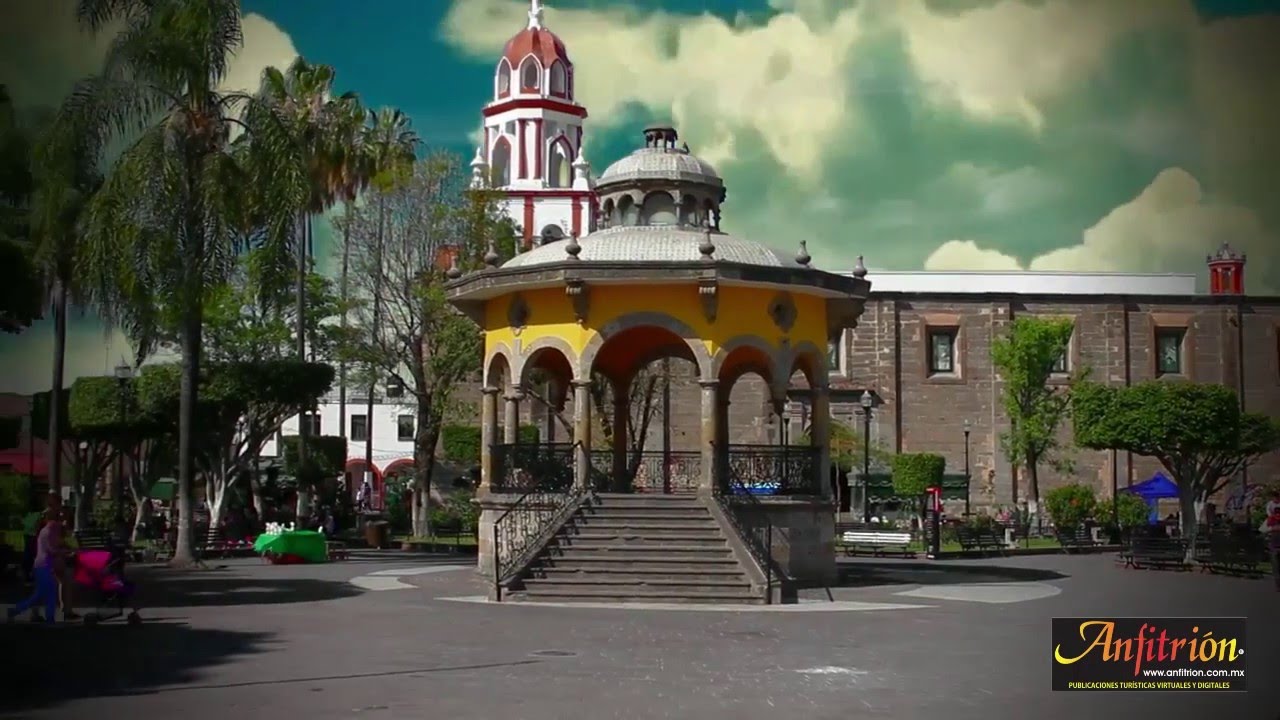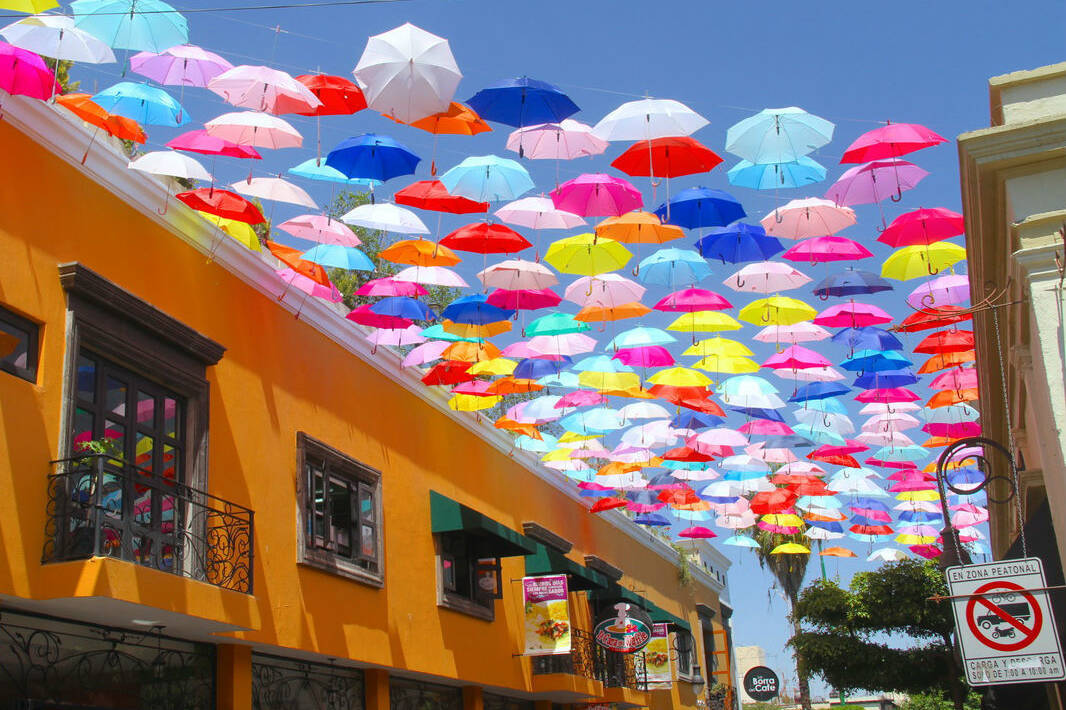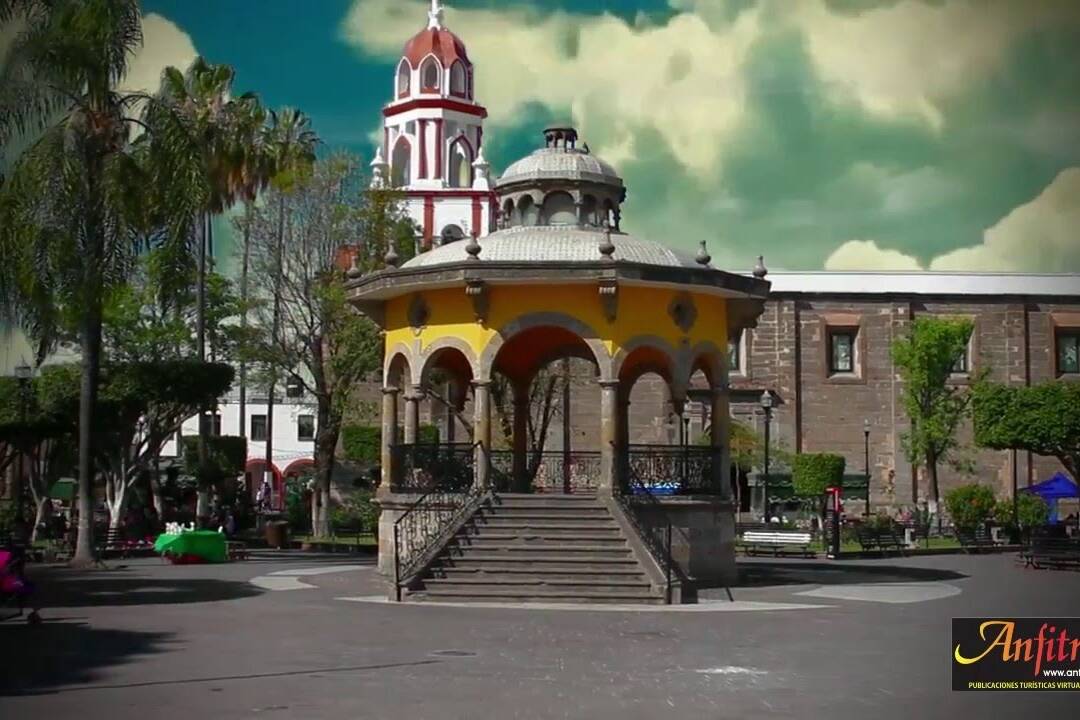This Magical Town began inhabited by Totonacs who created utensils and art objects before the conquest. Today Tlaquepaque is part of the metropolis of Guadalajara, and is a destination for all those in search of Mexican art.
Characteristics: The name comes from the word Tlalipac, which means: “Place on the hills of the neighborhood land”. This area was the Totonac kingdom of Tonala, and reigned by a woman named Cihualpilli Tzapotzinco. By the Spanish arrival in 1530 she took over the kingdom and named it San Pedro. In 2010 the population voted to recover the full name of San Pedro Tlaquepaque, the part of the saint had been vetoed in the early twentieth century. This is the cradle of Jalisco’s independence. Located at an altitude of 1,570 meters above sea level; with a semi-warm climate and dry winter-spring, the rainy season is in summer. The local cuisine offers birria, meat in its juice, a torta ahogada or all kinds of antojitos, all to be enjoyed with beer, tequila and mariachi music. As for desserts, the sweet shop is very varied, since you can find typical products from all over the country. Shopping offers all kinds of handicrafts in ceramics, equipales, yarn, carved wood, worked leather; fabrics, stretched, pressed or blown glass, metal or paper mache works; also, products for charrería, and some tequila from the state is mandatory. It was integrated into the “Pueblos Mágicos” program in 2018.
According to what was established in the initiative sent by the municipal president to the State Congress, in 1843 San Pedro Tlaquepaque was granted the category of Villa, a name it kept until 1917, when by decree of then governor Manuel Aguirre Berlanga, it was prohibited in Jalisco to use the name of saints in streets, squares, parks, as well as “living persons, animals or other frivolous designations”. The prohibition did not include municipalities, but San Pedro Tlaquepaque lost the first part of its original name.
Currently the municipality of Tlaquepaque recovered its full name San Pedro Tlaquepaque, an initiative carried out by the municipal president, Miguel Castro Reynoso.
PLACE ON HILLS OF CLAY SOIL
Before seeking its recovery, the Tlaquepaque City Hall carried out a consultation among inhabitants of the municipality, both from the city and other delegations. The ballot boxes were available to citizens from September 20 to October 8, 2010 and 13,043 people participated. The result was that 62.4 percent of the people consulted were in favor of the municipality being renamed San Pedro Tlaquepaque; 37.2 percent were in favor of keeping it as it is and 0.4 percent did not answer.
The results of the consultation were the basis for the agreement taken by the full Tlaquepaque City Council on November 11, 2010, through which the municipal president was authorized to present before the State Congress an initiative to request the name change, as well as the modification of Article 4 of the Law of Government and Municipal Public Administration, which establishes the list of municipalities that make up Jalisco.



